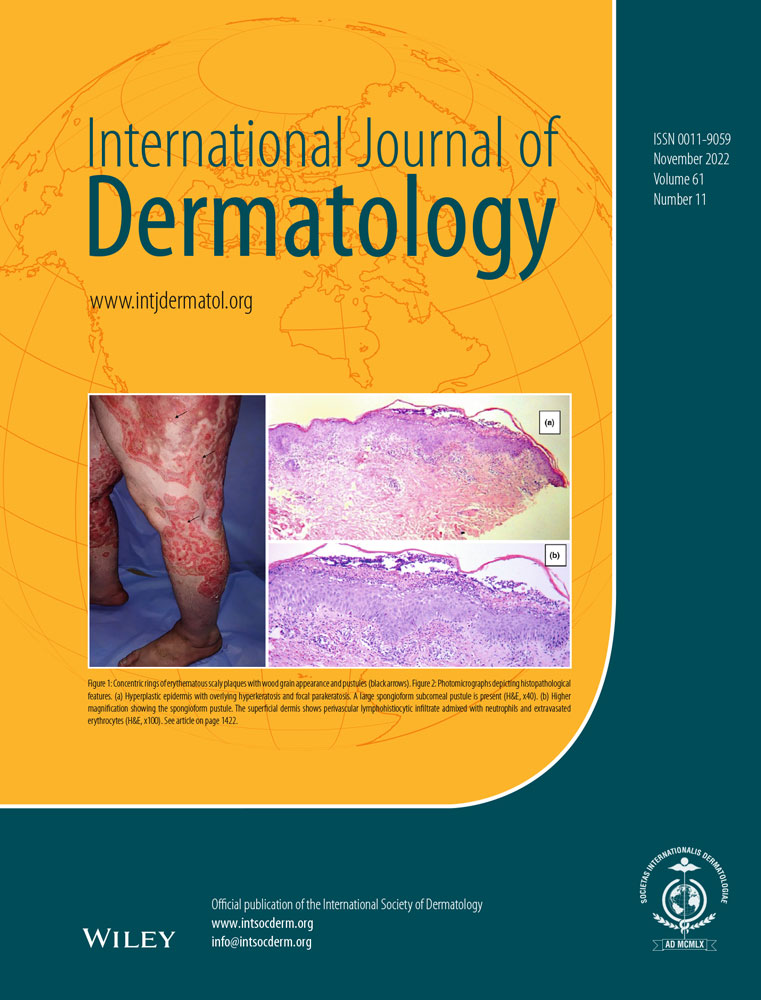Utility of polymerase chain reaction for assessment of onychomycosis during topical therapy
Conflict of interest: None.
Funding source: None.
Abstract
Background
Increased detection of fungi including non-dermatophyte molds (NDMs) using polymerase chain reaction (PCR) methods is well-established. However, the use of PCR to evaluate ongoing onychomycosis treatment outcome has not been investigated.
Methods
Nail samples from 28 patients receiving topical efinaconazole were evaluated by both KOH/culture and PCR methods across the study period. Detection of microorganisms by PCR was compared to the culture at baseline and end of study at month 24 (M24). Fungal detection by both methods was evaluated with respect to clinical cure observed as 100% visual clearance of the target toenail.
Results
By culture, all 28 subjects were dermatophyte-positive at pre-treatment; only 4/28 also exhibited an NDM microorganism. According to PCR, 24/28 subjects were dermatophyte-positive pre-treatment, with 25/28 also exhibiting NDMs. At M24, 18/28 (64.3%) participants had negative KOH/culture results, in contrast to 4/28 (14.3%) negative PCR results. PCR showed higher rates of NDM detection than the culture at baseline as well as M24. Calculations to compare the diagnostic utility of KOH/culture versus PCR found that positive tests with both methods reliably indicate the presence of onychomycosis, but negative PCR correlated better with onychomycosis cure than did KOH/culture.
Discussion
PCR confirmed a high presence of NDMs pre-treatment, and continued presence of NDMs to M24, with unknown significance requiring further investigation. Though both KOH/culture and PCR have diagnostic limitations, PCR showed better overall utility than culture in predicting onychomycosis topical treatment outcome and should be more strongly considered for evaluation of topical therapies.




